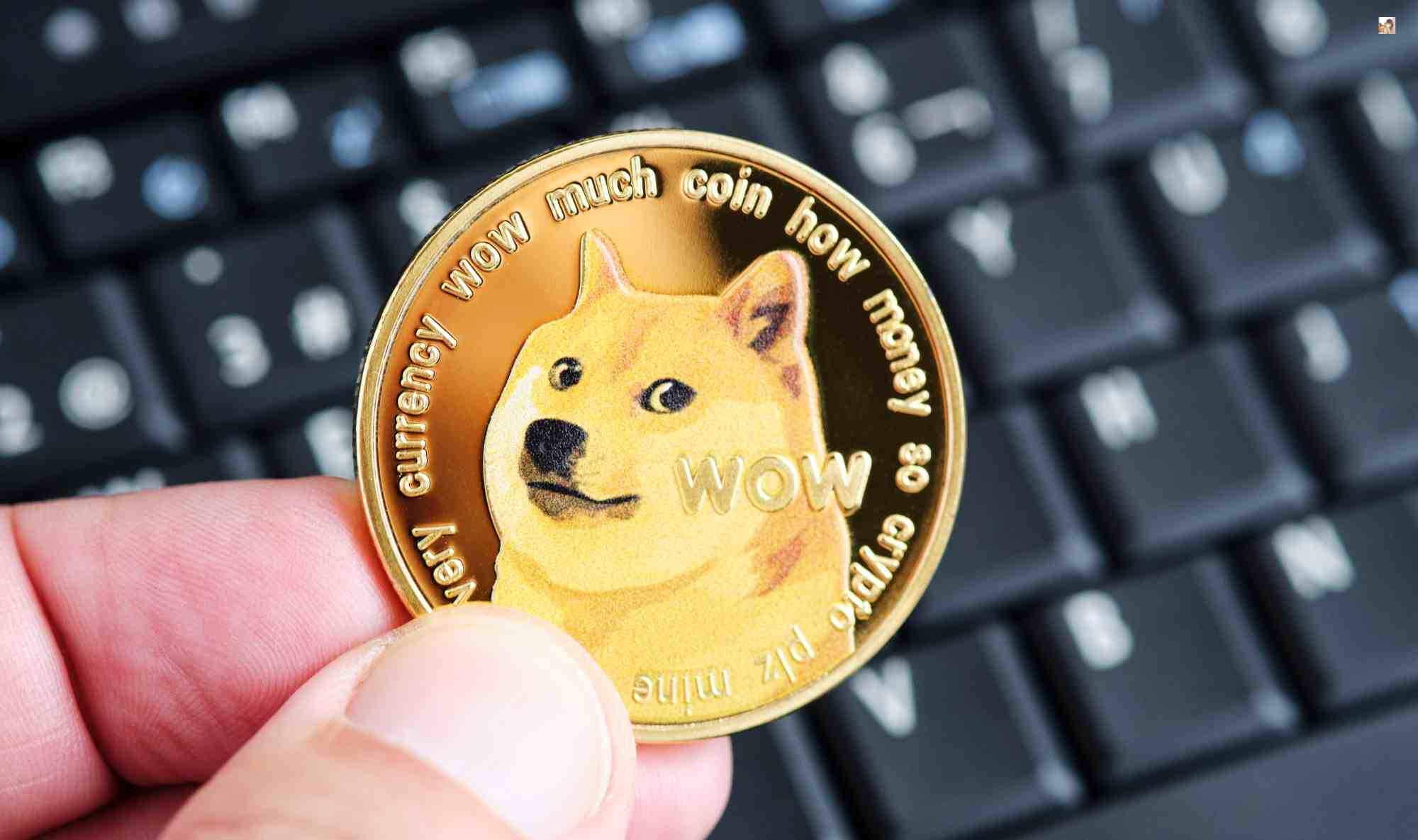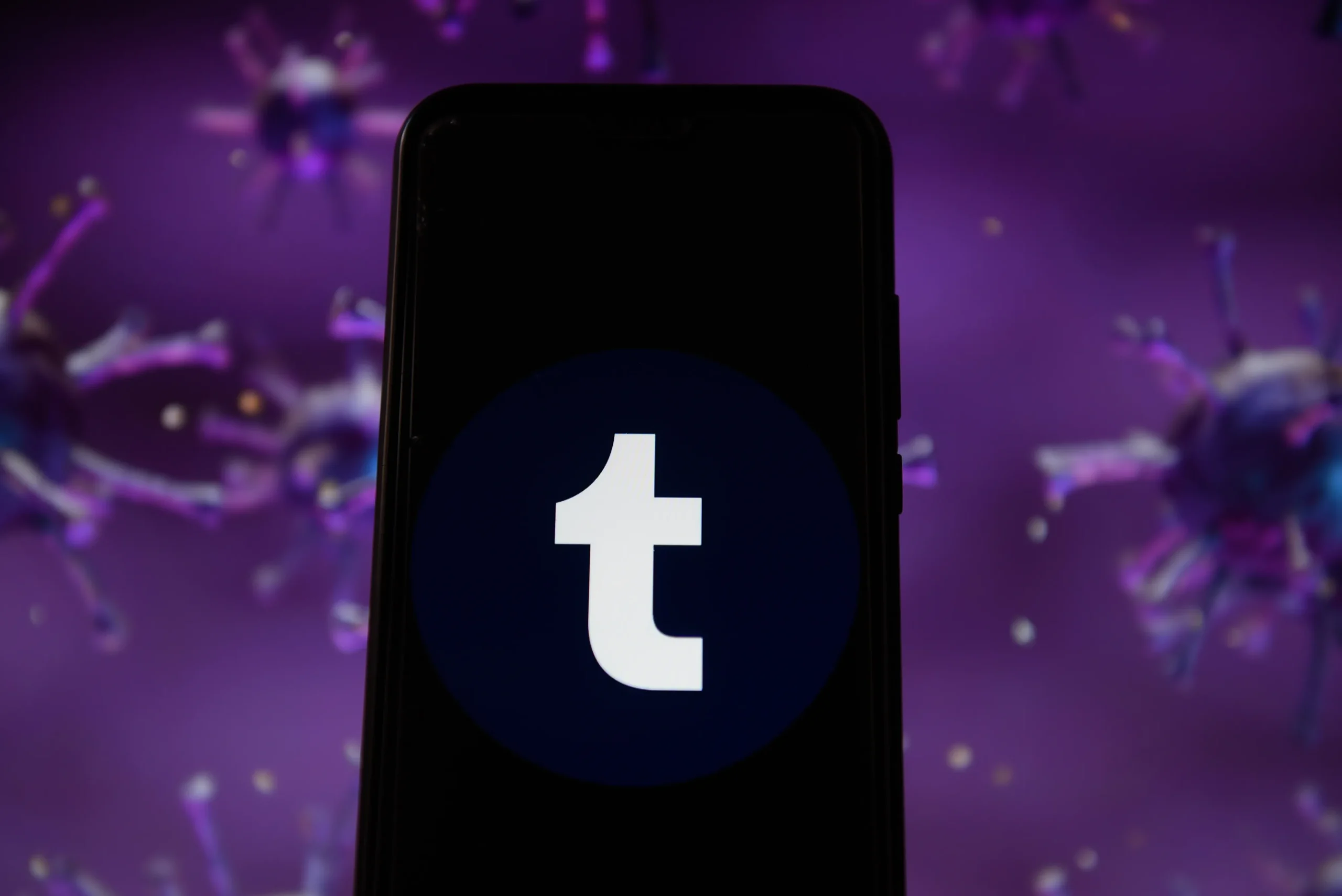
Dogecoin is a decentralized, peer-to-peer cryptocurrency that started as a joke but evolved into a widely recognized and popular digital asset. Introduced in 2013 by software engineers Billy Markus and Jackson Palmer, Dogecoin was inspired by the popular “Doge” meme featuring a Shiba Inu dog with humorous captions. Though its creators intended it as a lighthearted take on the booming cryptocurrency market, Dogecoin quickly gained traction due to its friendly and approachable community, fast transaction speeds, and wide appeal.
Over the years, Dogecoin has evolved from a meme coin to a major player in the cryptocurrency ecosystem, thanks in part to high-profile endorsements and its grassroots community. This article explores the history, technological underpinnings, key features, and future prospects of Dogecoin.
Origins of Dogecoin
In late 2013, during the height of the Bitcoin boom, Billy Markus, an IBM software engineer, and Jackson Palmer, an Adobe product manager, teamed up to create a cryptocurrency that would be less serious than Bitcoin. They were inspired by the Shiba Inu “Doge” meme, which had become viral at the time. Markus originally set out to make a more accessible digital currency and wanted it to have a fun element that would differentiate it from Bitcoin, which had an aura of formality.
Palmer purchased the domain dogecoin.com as a joke, not intending for it to become a full-fledged project. However, after receiving positive feedback, Markus and Palmer decided to turn Dogecoin into a functional cryptocurrency. They used Litecoin’s open-source code as the foundation, altering it slightly to suit their purposes. The result was Dogecoin, a fast, easy-to-mine cryptocurrency with low transaction fees and a friendly, humorous image.
How Dogecoin Works
Dogecoin operates on a decentralized blockchain system, similar to other cryptocurrencies. It uses a proof-of-work consensus mechanism, meaning miners validate transactions and maintain the network’s security by solving complex mathematical problems. In return for their work, miners receive newly minted Dogecoin as a reward.
Here are some technical aspects of Dogecoin:
- Blockchain: Like Bitcoin, Dogecoin has its own blockchain where all transactions are recorded publicly. The Dogecoin blockchain updates roughly every minute, making transactions quicker than Bitcoin, which has a block time of around 10 minutes.
- Supply: Unlike Bitcoin, which has a finite supply of 21 million coins, Dogecoin has an unlimited supply. There are already over 140 billion Dogecoin in circulation, with millions more being mined every day. This inflationary aspect keeps the price per coin relatively low compared to deflationary cryptocurrencies like Bitcoin.
- Mining: Dogecoin uses Scrypt technology for mining, which is less energy-intensive than Bitcoin’s SHA-256 algorithm. It is also possible to mine Dogecoin in conjunction with other Scrypt-based cryptocurrencies like Litecoin, thanks to merged mining.
Dogecoin is unique in its focus on speed and accessibility, making it attractive for microtransactions, tipping, and online donations.
Dogecoin’s Rise to Fame
While initially viewed as a joke, Dogecoin quickly found an enthusiastic following. One of the reasons for its early success was its active and charitable community. Dogecoin users frequently used the cryptocurrency for micro-donations, tipping content creators on platforms like Reddit and Twitter. This microtransaction culture became a signature use case for Dogecoin.
Key Milestones in Dogecoin’s History
- 2014 Winter Olympics Sponsorship: One of the early defining moments for Dogecoin came in 2014, when the Dogecoin community raised over $50,000 to sponsor the Jamaican bobsled team, which had qualified for the Winter Olympics but lacked funding to attend. This event showcased the strength and goodwill of the Dogecoin community and helped raise the coin’s profile internationally.
- Doge4Water: In March 2014, the Dogecoin community raised more than $30,000 to help build clean water wells in Kenya. This initiative, dubbed “Doge4Water,” further cemented the coin’s image as a force for good.
- Elon Musk’s Endorsement: In 2021, Dogecoin’s status as a meme coin was elevated to new heights when Elon Musk, CEO of Tesla and SpaceX, began tweeting about it. Musk’s tweets regularly caused the price of Dogecoin to spike, bringing unprecedented attention and sparking a wave of new investors and traders. Musk even jokingly referred to himself as the “Dogefather,” and his continued mentions of the cryptocurrency kept it in the spotlight.
- SNL and Price Volatility: In May 2021, Musk hosted Saturday Night Live, and many speculated that he would make significant mentions of Dogecoin. In the days leading up to the event, the price of Dogecoin surged, reaching an all-time high of $0.73. However, following the broadcast, in which Musk jokingly referred to Dogecoin as “a hustle,” the price dramatically dropped, highlighting the volatility of the cryptocurrency market.
Key Features and Uses of Dogecoin
Dogecoin’s popularity isn’t solely due to its meme origins or celebrity endorsements. It has several features that make it appealing to a broader audience:
Fast and Low-Cost Transactions
One of the main advantages of Dogecoin is its speed and low transaction fees. Transactions are processed quickly—within about a minute—and the fees are much lower than those associated with Bitcoin or Ethereum. This makes Dogecoin ideal for small transactions, such as online tipping or paying for low-value goods and services.
Accessibility
Dogecoin is highly accessible to everyday users, which has made it popular with people who might not typically invest in cryptocurrencies. The coin’s low price per unit makes it approachable for beginners who want to get involved without risking significant capital.
Tipping and Donations
Dogecoin is widely used for online tipping, particularly in social media spaces like Reddit and Twitter, where users reward each other for good content. It is also commonly used for charitable causes, with the Dogecoin community rallying around various fundraising efforts over the years.
Dogecoin as a Payment Option
As Dogecoin’s popularity surged, more businesses started accepting it as a form of payment. Companies such as Mark Cuban’s Dallas Mavericks began allowing fans to buy tickets and merchandise using Dogecoin. While the list of businesses accepting Dogecoin remains relatively small compared to Bitcoin or Ethereum, its low fees and fast transaction times make it a viable option for merchants seeking an alternative to traditional payment systems.
Criticisms and Challenges
Despite its popularity, Dogecoin has faced several criticisms over the years.
Unlimited Supply
One of the biggest critiques of Dogecoin is its inflationary nature. Unlike Bitcoin, which has a hard cap of 21 million coins, Dogecoin has no upper limit on the number of coins that can be mined. This has led to concerns that Dogecoin may struggle to maintain long-term value, as new coins will continue to flood the market indefinitely.
Volatility
Dogecoin’s price has been notoriously volatile, often influenced by social media hype, celebrity endorsements, or viral events. This volatility makes Dogecoin a risky investment for those looking for stable returns. Its reliance on external factors like Elon Musk’s tweets has led some to argue that Dogecoin lacks fundamental value.
Limited Development
While Dogecoin’s community is active, the cryptocurrency’s development has lagged behind that of other major cryptocurrencies. There have been few significant updates to the Dogecoin protocol in recent years, and the original creators are no longer involved in the project. This lack of continuous development could hinder Dogecoin’s ability to adapt to new market demands and technologies.
The Future of Dogecoin
Dogecoin’s future is uncertain but filled with potential. As a meme coin, it has captured the imagination of the internet, attracting millions of new crypto users. Its active community and growing recognition in popular culture have kept it relevant, even when other cryptocurrencies with more advanced technology have struggled.
Several factors could influence Dogecoin’s future:
Continued Celebrity Endorsements
As long as figures like Elon Musk continue to promote Dogecoin, it’s likely to remain in the public eye. High-profile endorsements could lead to more businesses accepting Dogecoin as a form of payment and further increase its mainstream visibility.
Technological Development
Dogecoin’s long-term success may depend on further development of its blockchain and infrastructure. If the coin can attract more developers and enhance its technology, it could become more competitive with other cryptocurrencies that offer advanced features like smart contracts.
Regulatory Environment
Like all cryptocurrencies, Dogecoin faces an uncertain regulatory future. Governments around the world are increasingly considering how to regulate the crypto market, and any restrictions or new laws could significantly impact Dogecoin’s usability and value.
Conclusion
What started as a joke has grown into one of the most recognizable cryptocurrencies in the world. Dogecoin’s journey from meme status to a legitimate asset shows the unpredictable and exciting nature of the crypto space. While it may not have the technological sophistication of other cryptocurrencies, its low fees, fast transactions, and strong community support make it a unique asset in the digital currency world.
Whether Dogecoin will continue to rise or fade into obscurity remains to be seen, but its place in cryptocurrency history is undeniable. For now, Dogecoin stands as a testament to the power of community, humor, and the internet’s ability to turn memes into movements.








